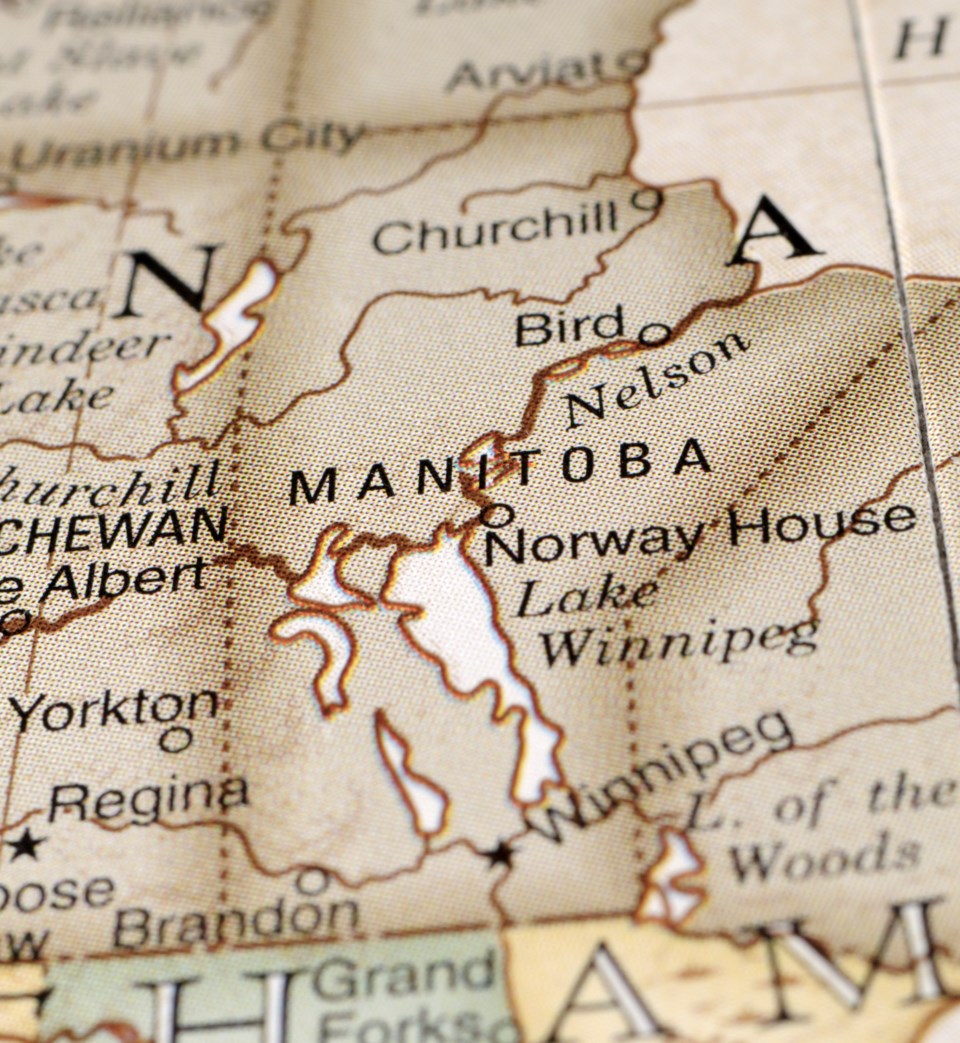Reaction to the discovery of 215 children’s graves at a former residential school continues to roll in across Manitoba and Saskatchewan. Several northern First Nations are calling for full site investigations of northern schools.
Three of northern Manitoba’s largest First Nations - each of which had residential schools built on their land - have formally called for federal help in finding more bodies at the sites of the schools. The call came mere days after 215 unmarked graves - all belonging to children - were discovered at the site of the Kamloops Indian Residential School near Kamloops, B.C. The school is located on the land of the Tk'emlúps te Secwépemc First Nation.
The chiefs of the three nations - Chief Larson Anderson of Norway House Cree Nation, Chief David Monias of the Cross Lake Band of Indians and Onekanew Christian Sinclair of Opaskwayak Cree Nation - released a joint statement June 4 with Manitoba Keewatinowi Okimakanak (MKO), calling for investigations into northern residential schools and assistance with programs made in their wake.
“We call upon the government, in the spirit of reconciliation, to respond to our request to seek assistance in finding our lost children and support other First Nations communities in mourning. In addition, the governments must commit to supporting any First Nations seeking thorough investigations into former residential school sites and to take any and all action available to hold perpetrators accountable for their actions,” reads the statement from the three chiefs and nations.
“The discovery at Tk'emlúps te Secwépemc First Nation confirms what First Nations have believed for decades took place at residential schools. With increased awareness, its leadership hope there will be increased understanding for the searing reality of the intergenerational impacts of the ‘Indian’ residential school system.”
That call was echoed by Niki Ashton, the MP for Churchill-Keewatinook Aski who represents all of northern Manitoba - including Flin Flon - in the House of Commons. In a June 4 press conference, Ashton called on the federal government to fund forensic searches of northern residential schools to see if they, like the school in Kamloops, have mass or unmarked graves of children.
“Pimicikamak and other First Nations are demanding action. They want supports to identify and repatriate the children who are found. They want to bring their children home,” said Ashton.
“While the government has recently indicated they will support searches, Pimicikamak has yet to hear from anyone. People in Pimicikamak and First Nations people have been reliving immense trauma since the discovery of 215 children in a mass grave at the Kamloops Residential School. Many believe that there are many more children to be found. The Truth and Reconciliation Commission made this clear too.”
Chief Monias is also quoted in the June 4 statement, saying that answers have been kept from people impacted by the schools for too long.
“People in our community have had to live without knowing the truth about what happened to our children, siblings and friends. We deserve to know the truth,” said Monias.
“Indigenous people have been waiting decades for answers. We shouldn’t have to wait any longer.”
The Federation of Sovereign Indigenous Nations (FSIN) called for similar ground searches for several Saskatchewan-based residential schools, including the Sturgeon Landing Residential School, which was located about 55 kilometres due south of Flin Flon. The school was one of several announced by FSIN as “potential sites of mass graves.” The call from the FSIN was amplified by Saskatchewan’s provincial government, which also called for ground radar surveys at residential school sites - but done by the federal government, not the provincial government.




